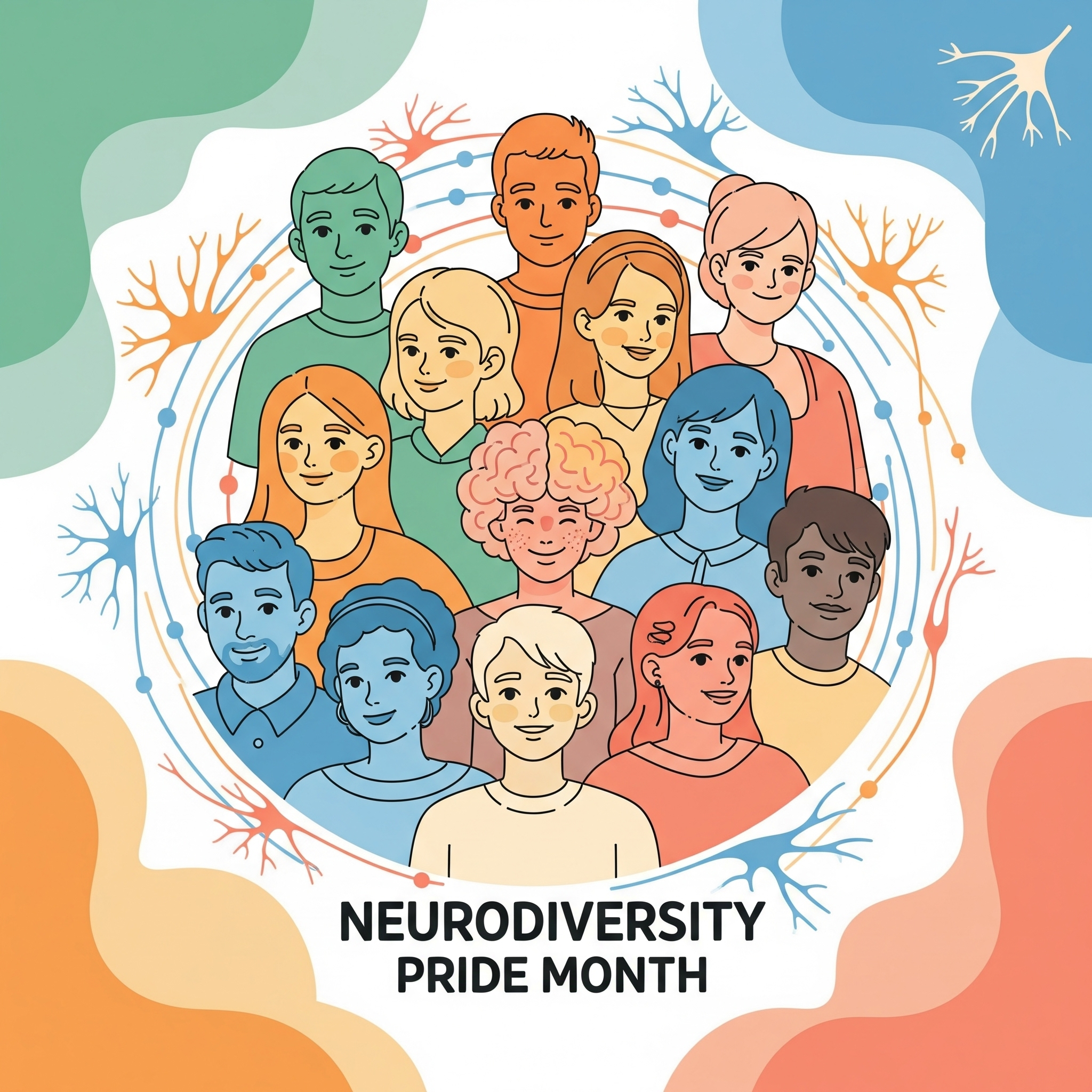
Decodable readers offer a structured and effective approach to early literacy, providing all young learners with a solid foundation in phonics and decoding. These carefully crafted books empower students to confidently apply their knowledge of letter-sound relationships, leading to greater reading fluency and comprehension. However, for many neurodiverse learners, particularly those with dyslexia, ADHD, or autism, the journey to becoming a proficient reader can present unique challenges. Roughly 20% of people are neurodiverse, and for this significant portion of the population, the right tools and strategies are essential for success. As exemplified by Rebecca’s narrative in “Pathways to Reading: Unlocking Dyslexia,” decodable readers emerge as a vital resource.
Why Decodable Readers Matter
Decodable readers provide a structured and reliable pathway to reading success. They offer ample practice with newly acquired and previously learned phonics skills and high-frequency words, which are crucial for accurate decoding and the development of orthographic mapping. By emphasizing the phonetic code, these books ensure that students rely on their phonics knowledge rather than resorting to guessing. This approach builds automaticity, allowing students to read words fluently and experience the rewarding feeling of independent reading success.
Key Characteristics of Effective Decodable Readers
When selecting decodable readers, it’s essential to look for specific characteristics that contribute to effective learning:
- Aligned to a Systematic and Explicit Scope and Sequence: A clear scope and sequence ensures that skills are introduced in a logical and progressive order, building a strong foundation for reading.
- Engaging and Comprehensible Content: Decodable readers should capture students’ interest with engaging stories and topics, making learning enjoyable.
- Minimal Repetition to Avoid Guessing: Effective decodables avoid excessive repetition that encourages students to predict words rather than decode them.
- No Picture Guessing: Visual cues should not distract from the primary goal of decoding words. Images should enhance the story, not provide clues to the words.
- Incorporation of High-Frequency Words: These commonly used words are seamlessly integrated into the text, improving fluency.
- Building on Prior Knowledge: New concepts should connect with and expand upon students’ existing knowledge.
- Focus on Comprehension: Decodable readers should include questions that assess both literal and higher-level comprehension.
- Culturally Relevant and Meaningful Content: Stories and topics should resonate with students’ diverse backgrounds and experiences.
- Natural Language/Syntax: The goal is not to create “phonics fact knowers” or students that can read bizarre sentences. It is important to represent the language we would naturally use.
- Interesting Topics: Texts that are interesting to students, they will keep reading and keep trying even when the words are harder.
The Importance of Decodability
For striving readers, especially those with learning differences, decodability is paramount. Decodable readers provide a controlled environment where students can apply their phonics knowledge with confidence. By minimizing the opportunity for guessing, these books empower students to develop strong decoding skills and build a solid foundation for future reading success. It is important to strive for around 90% decodability for neurotypical students.
The Power of Decodables: A Practitioner’s Expert Perspective
Kelly Fowler is a Certified Academic Language Therapist based in Jonesboro, Arkansas. She has been helping students who struggle with reading for over two decades. Kelly knows how much good decodable readers can help students who are working hard to read, especially those with dyslexia.
“In my 25 years as a dyslexia therapist, I’ve seen countless students struggle with traditional decodable readers that feel clinical or artificial. Tumbleweed Publishing has finally solved this problem. Their readers connect seamlessly to students’ background knowledge while reinforcing level-specific phonics skills using an authentic story. The way the readers integrate vocabulary helps us explore new words together, while the grammar and syntax provide perfect teaching moments for written expression. Rather than disconnected sentences, these books offer compelling narratives with clear story elements that make comprehension natural and achievable.”
When Kelly started using Tumbleweed’s decodable readers in her practice, she noticed a big change in her students’ attitudes towards reading.
“What moves me most is watching my students’ faces light up when they realize they’re reading ‘real books’ – not just therapy tools. For many, it’s their first experience of the joy of reading, transforming their self-perception from ‘struggling reader’ to simply ‘reader.’ That confidence is immeasurable and life-changing.”
Tumbleweed Publishing: Empowering Neurodiverse and Striving Readers
At Tumbleweed, we are committed to providing neurodiverse and striving readers with high-quality decodable readers that meet their unique needs. Our books are meticulously designed to adhere to the principles of effective decodability, ensuring that students can confidently apply their phonics skills and experience the joy of reading.
We invite you to visit tumbleweedpublishing.com, book a demo to learn more about our program, and review the decodable readers that Tumbleweed offers. Let’s work together to empower every student to become a confident and successful reader.







